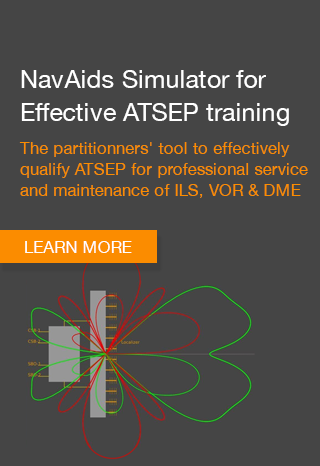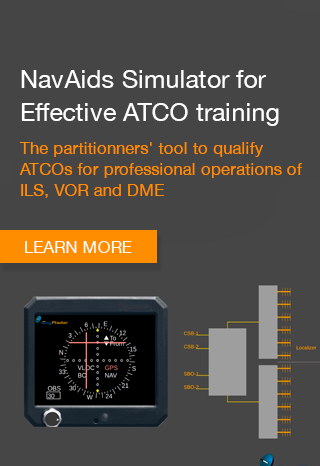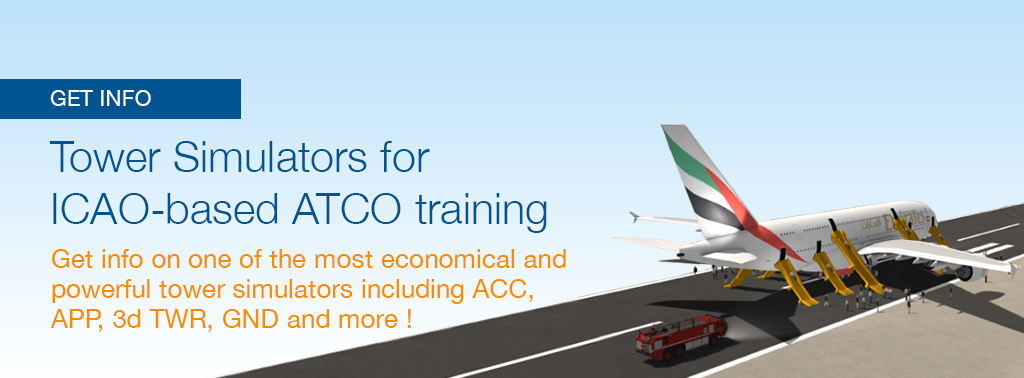This article explains how strong teamwork and inter-personal skills can be built through simulator training.
WHAT IS A TEAM?
 We all are aware of the football team. This team is represented by the name of their origin that can be a club, country, etc. The team consists of 11 players. All of these people in a team are focused on bringing the ball into the net area of the opponent. All have one aim and that is a victory for their team. They can achieve victory through teamwork and using techniques that mainly include dogging techniques and effective collaboration to carry football into the goal area.
We all are aware of the football team. This team is represented by the name of their origin that can be a club, country, etc. The team consists of 11 players. All of these people in a team are focused on bringing the ball into the net area of the opponent. All have one aim and that is a victory for their team. They can achieve victory through teamwork and using techniques that mainly include dogging techniques and effective collaboration to carry football into the goal area.
Group Composition : Football Players
No of Players : 11
Focus : Scoring
Goal : Victory
These 12 players are working together and all are making use of their energies focused towards victory.
Before understanding the concept of the team in perspective of ATC Tower, we must be familiar with different stages of aircraft movement. The different stages of aircraft movement are as follows:
|
Stages of Aircraft Movement |
Explanation |
|
Departure Stage |
It is the stage of aircraft movement when it flies off from the runway. |
|
Climbing Stage |
After flying off from runway aircraft keep on gaining height continuously this is called climbing stage. |
|
Transit Stage |
After reaching required height aircraft continue to fly at the same level towards destination this is called transit stage of aircraft movement |
|
Descending Stage |
When aircraft is about to reach destination aerodrome it starts losing height continuously this is called descending stage |
|
Approach Stage |
This is the stage where aircraft while landing arrange its position to come in line with the runway. |
|
Landing Stage |
This is the stage when the aircraft wheel touches the runway and aircrafts lands. |
|
Taxiing Stage |
After landing, aircraft move on the runway and taxiways to reach the stand. |
In Air Traffic Control Services on ATC Tower, there can be five personnel. The first one is Approach Controller to control the landing sequence of the traffic during the landing phase.
|
Designation |
Job |
|
Approach Controller |
This is the person who controls the Approach stage of flight. Several flights are coming altogether for landing at the same airport. The approach controller sequences them one behind another. |
|
|
When an aircraft is at a specified distance from the aerodrome it comes in contact with the Tower Controller. Tower controller performs the following function: · Permit an aircraft for landing. · Gives landing instructions that include a caution to check if the wheel of aircraft is down and locked. He gives caution to aircraft for bird activity if any around the runway. Controllers also pass information related to bad weather and runway surface conditions to an aircraft coming for landing at runway. |
|
Ground Controller |
After the aircraft has landed, the ground controller helps the aircraft in moving towards stand through runways and taxiways. He also controls the movement of other vehicles on the runway. |
|
Flight Data Assistant I |
After the aircraft has been parked the flight data assistant notes down the landing time and parking time of aircraft. He notes down this whole data on a rectangular paper strip. |
|
Flight Data Assistant II |
This position is responsible for assisting controllers in coordination. |
|
Team Leader |
All of these people are reporting to Team Lead. The team lead is normally sitting in the Radar section. He keeps check operations performed at the tower and gives instructions when required. He also visits the tower which is normally located close to the runway. These visits are part of check on the smoothness of activities at the tower, |
 Group Composition : ATC Personnel
Group Composition : ATC Personnel
No of Personnel : 5
Focus : Smooth Operations
Aim : Safe, Orderly and Expeditious flow of air traffic.
These five employees are working together nearby and focus to provide a safe, orderly and expeditious flow of air traffic during their duty tenure.
From the above-stated discussion, we can define a team as a group of people who work together toward a common goal.
WHAT IS MEANT BY TEAMWORK?
When all team members work together and support each other by performing their duties efficiently for achieving a common goal, this collaboration and support is called teamwork.
WHAT IS T IMPORTANCE OF TEAMWORK?
 Air Traffic Control Service is a tough job that brings a lot of pressure and stress.
Air Traffic Control Service is a tough job that brings a lot of pressure and stress.
Through introducing team spirit we can enhance the sense of support among team members. This unity brings high levels of cooperation. Through cooperation in work activities, stress and pressure on each Individual are decreased. Individuals are committed to working with great passion and energy in a stress-free environment. A sense of support and Unity among members increases their motivation level. The biggest advantage of team spirit in air traffic control service is a smooth operation.
WHAT MAKES TEAMWORK SUCCESSFUL?
A team is a group of people with a common goal. Group members have open communication with each other. They can easily share their concepts, thoughts, ideas, and emotions. They also consider the opinion of others. Because of this ease of communication and acceptability, people are encouraged to share their point of view.
In air traffic control services members normally work in pairs of two or more. These members have a lot of important information to be exchanged with each other as well as with external stakeholders. This important information is necessary to be exchanged. Through introducing Teamwork, we can ensure an effective exchange of this information.
HOW TO STRENGTHEN TEAM BUILDING WITH SIMULATOR
Simulators create a reflection of reality. The simulated reality requires the positions to be divided according to the real working environment. Each position is to be manned by an individual. These positions depend on the work outcome of each other. For instance, when the aircraft comes in contact with the tower controller, he expects that the previous unit (approach control) has aligned aircraft with the runway and sequenced with other aircraft.

This shows us the dependency of Tower Controller on the previous unit. Whenever the exercise is required to be executed, all of the positions are manned. The positions should be staffed according to the real working environment.
After the positions have been manned, we can take the support of Big Five factors of effective teamwork that include
- Team Leadership,
- Mutual Performance Monitoring,
- Backup Behavior,
- Adaptability, and
- Team Orientation.
Through the inclusion of these factors of effective teamwork in simulator training we can strengthen Team building.
Team Leadership
Team Lead is a position responsible for supervising all positions in the Radar Area and ATC Tower. Through simulated reality, by introducing the required environment for team lead, each position in an exercise we can generate learning experience.
During simulation exercises, we can introduce real-time pressure situations for team lead positions by designing an exercise that has dynamic conditions like an emergency. As a consequence when trainee confronts and tries to resolve such a situation designed for developing leadership skills, the trainees learn to become a leader.
Mutual performance monitoring
Just like in a real working environment we are advised by our seniors. When we are about to make a mistake often our team members come for our guidance. This happens because we are being monitored by them. Even though it is not part of a job but normally as team members, we should guide and support each other. During a simulation exercise trainees are working in mock-up reality. Like in a real environment this simulated reality also allows trainees to coordinate with each other for corrective action. This can be enhanced by introducing Scenarios that highlights the importance of performance monitoring while working.
 Team orientation
Team orientation
Simulator training (experiencing the importance of every position in the successful landing of an aircraft) enhances the understanding of the importance of teamwork.
This leads to better team orientation. Teamwork orientation, defined as the extent to which members have a positive attitude towards working in a team (Fransen, Kirschner & Erkens).
Adaptability
Working on an air traffic simulator one can expect different scenarios and density of traffic during exercise. By introducing bad weather conditions during exercise can also create a complex situation to tackle.
Such variations in simulator exercises by instructors turn the working environment complex.
The trainee tries to cope up with these changes and practice to handle traffic under such scenarios in a smooth way. As a result, the trainee adapts to the changing environment and this allows him to practice adaptability.
Mutual Trust
During a simulation, there is a clear division of work among members based on the position they hold.
- During simulator exercises, people work close to each other. Just like in the real air traffic service environment, as controllers have to interact and depend on the same is the case when they have to complete an exercise.
- The team lead depends on the performance of his team. The Tower Controller is not looking for ground traffic as he knows that it is being handled by Ground Controller.
- The Ground Controller is relying on Tower Controller for landing.
- The team Lead is relying on Flight Data Assistants for the incorporation of right timings in the system for estimates and calculation of revenue.
Conclusion
By ensuring the introduction of such an environment during exercises you ensure good imitation of reality. The trainees learn to rely on mutual trust among colleagues.




